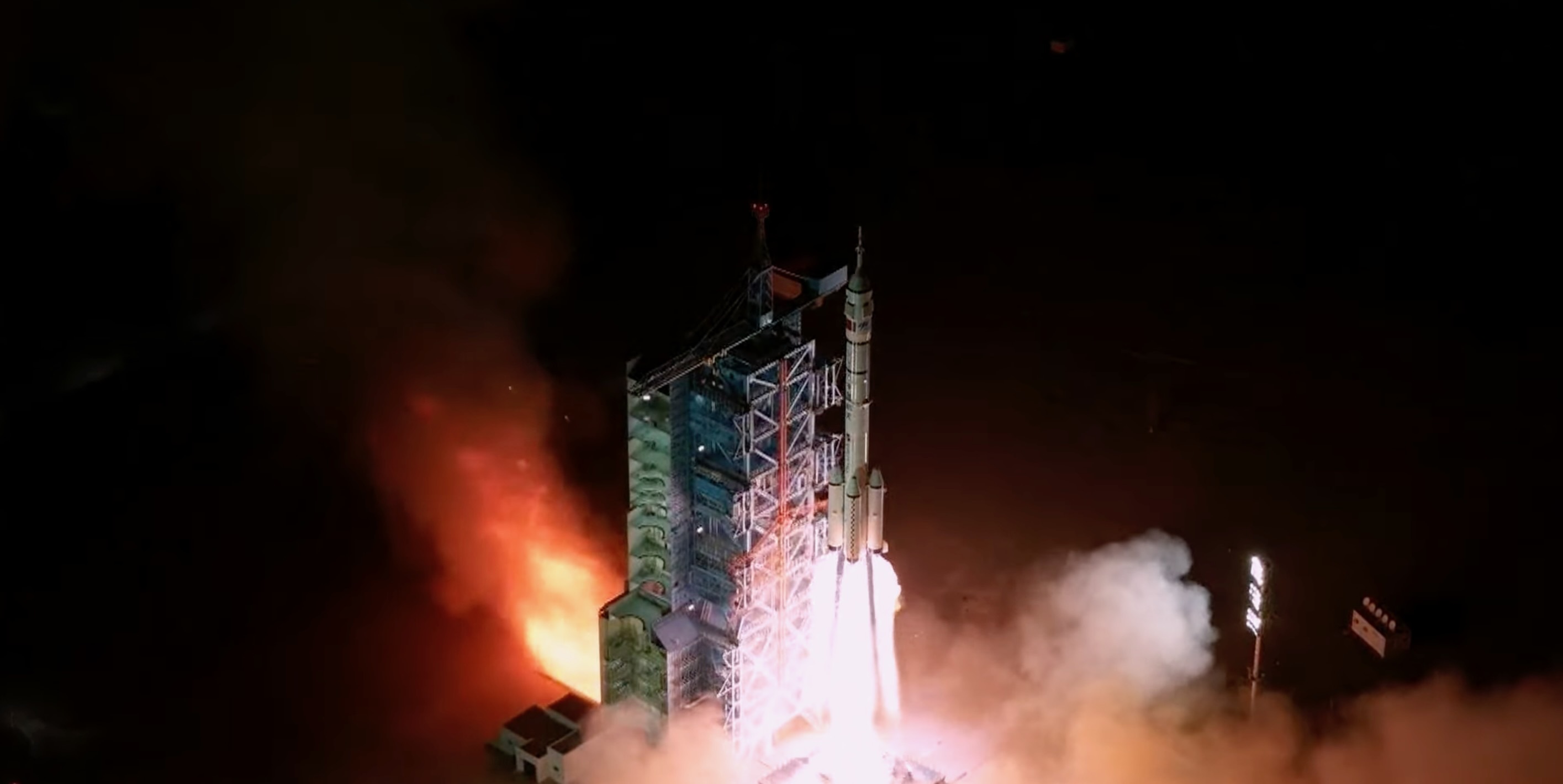Eccentric Worlds: Strange Orbits Puzzle Astronomers
BALTIMORE - Of the morethan 130 planets found around distant stars, a large number have highlyelliptical orbits, crazy oblong shapes that have surprised theorists who try toexplain the configurations with near collisions or perturbing disks of gas.
An elliptic orbit ischaracterized by the eccentricity, which is how much a planet's distance fromits star varies as it carves out a year. Most of the planets in our solarsystem have relatively low eccentricities, less than about 5 percent (tinyPluto being a notableexception and considered not really a planet by some astronomers).
By contrast, the averageeccentricity of extrasolar planets is about 25 percent. And these are notPlutos. They are typically more massive than Jupiter.
"The eccentricitiesare the most remarkable thing about these planets," said Geoff Marcy ofthe University of California, Berkeley, during a meeting here last week at the SpaceTelescope Science Institute (STScI). The conference was set up to celebrate 10years of successful exoplanet hunting.
Some have eccentricities of80 percent, which is as high as the crazy orbits of some comets in our solarsystem.
Marcy and others detectextrasolar planets - most often by a wobble they induce in their host stars.This planet-star swing dance might seem to be more noticeable when the planetsorbit is highly eccentric, but Marcy said that is not true. As more and more planets are found, it appears that higheccentricities are common, making our solar system more the exception than therule.
"This is surprisingbecause massive planets would form in nearly circular orbits, and interactionswith a gas disk would tend to keep the eccentricity low," said PhilArmitage of the University of Colorado.
Breaking space news, the latest updates on rocket launches, skywatching events and more!
There are many theories forgenerating - or driving - eccentricities, but the two main ideas are that theplanet interacts early on with gaps in the planet-formation disk or later onwith another planet. Both theories have drawbacks. Observations of young starswith disks might help settle the issue.
Planet-planet
The standard planetformation scenario involves rocky cores in a gas disk around a star. Thosecores that grow large enough will capture some of the gas to become a gas giantlike Jupiter or Saturn.
In most cases, it isbelieved that the gas disk will circularize the orbit of a planet. But at somepoint between one million and 10 million years after the star was born, the gas disk disappears - either accreted onto the star andplanets, or blown out into space. With no gas, the orbits would presumably befree to de-circularize.
If there are multipleplanets in the system and two of them lie in nearby orbits, they can interactwith each other.
"For the extremelyhigh eccentricities, it is hard to imagine these being generated without planetinteractions," Armitage said.
The smaller mass planetwill often get tossed out into space, while the lager planet survives in ahighly elliptical orbit.
"Earth-sized planetsusually lose out in these interactions," said David Bennett of theUniversity of Notre Dame.
There are theories that oursolar system started out with more planets, but some were ejected through interactions.
It may be possible todetect a free-floating planet - one that got kicked out of a stellar system bya bigger bully. Previous searches for these"orphans"have come up empty. But Bennett, who looks for the gravitational magnificationof background stars by foreground planets, thought this microlensing techniquemight get lucky and catch one of these stray planets.
About 15 percent of thestars found with planets have more than one planet, according to Marcy, but the actualpercentage could be higher because some secondary planets might be currentlyundetectable. Still, having multiple planets interact at close-in orbits -where most have been found so far - could be a problem, said Armitage.
Another concern is thatlower mass planets should get a bigger eccentric "kick" from aninteraction. But this is not observed. In fact, the data seems to imply thereverse - that more massive planets are more eccentric.
Planet-gap
An alternative mechanismfor generating eccentricities could occur while the gas disk is still around.Once a planet eats up all the gas around its orbit, this gap in the disk couldpull the planet out of its circular orbit.
"If the gap gets wideenough, you would expect the eccentricities to grow," Armitage explained.
Even if this is true, itmay be quite hard for a smaller Saturn-sized planet to etch out a big enoughgap to generate an eccentricity.
Because this mechanismoccurs early in a stellar system's history, observations of young stars withdisks could confirm whether planet-gap or planet-planet interactions arerelevant.
"If we could observeplanets still embedded in their disks, we would hopefully be able to saywhether eccentricities form early or late," Armitage said.
The Atacama Large Millimeter Array - projected for 2011 - is expectedto be able to peek into the dense environments around stars and hopefully seeplanets in the formation process.
- 10 Years of Planet Hunting: Amazing Variety Out There
- Planets with Eccentric Orbits
- Alien Worlds through Artists' Eyes

Michael Schirber is a freelance writer based in Lyons, France who began writing for Space.com and Live Science in 2004 . He's covered a wide range of topics for Space.com and Live Science, from the origin of life to the physics of NASCAR driving. He also authored a long series of articles about environmental technology. Michael earned a Ph.D. in astrophysics from Ohio State University while studying quasars and the ultraviolet background. Over the years, Michael has also written for Science, Physics World, and New Scientist, most recently as a corresponding editor for Physics.
